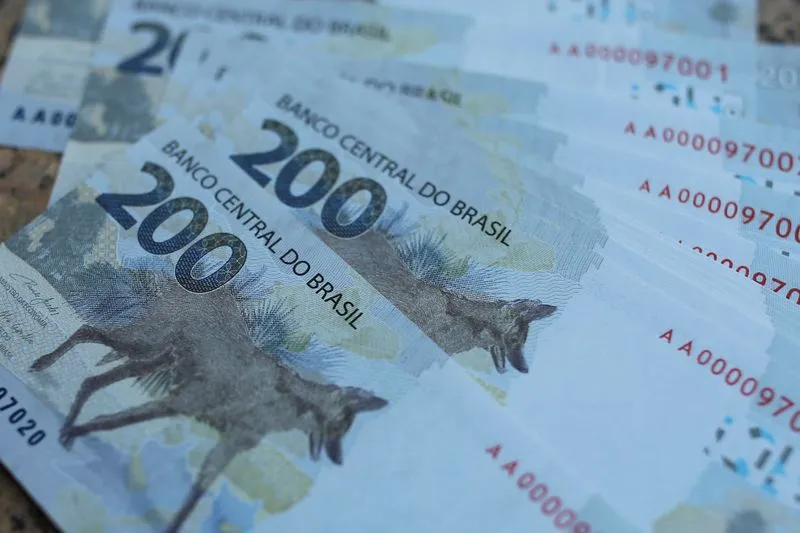UBS predicts Brazil’s Selic rate will decrease to 8% by the end of 2024, below the broader market’s expectation of 9%.
Analysts attribute this to stagnant industrial inflation and decreasing food prices. These factors, they argue, will more than offset the steady inflation in services.
As a result, they expect the IPCA to hit 3% by year’s end, under the 3.8% market forecast.
The report suggests food prices may rise in the first quarter. However, it views this as a brief effect.
It credits favorable weather and the mild impacts of El Niño for this outlook. The IPCA’s recent 0.42% rise reflects this, closely matching the Swiss bank’s 0.40% prediction.
Analysts note February might see inflation from tuition and fuel taxes.

Despite these pressures, the quarter should see continued low inflation in industrial goods. Food inflation is also expected to slow, impacting the full year.
The twelve-month inflation, tracked by a less volatile method, stands at 4%. UBS predicts it will drop to 3-3.5% by the second quarter of 2024.
The analysis highlights a shift in inflation drivers. Industrial and service sector dynamics are changing.
UBS expects no industrial inflation in 2024, a hangover from COVID-19 disruptions.
During the pandemic, goods inflation rose sharply due to limited service access. Post-pandemic, price normalization began.
This led to lower goods inflation and higher service costs. UBS views this as a global trend still unfolding.
Potential relief for Brazil’s economy
Currently, service inflation is about 5%, up from 3.5% before 2020. UBS believes industry and food price trends will balance this.
They predict the IPCA will reach 3.5% by June, below the market consensus.
With inflation under target and anticipating the Federal Reserve’s easing, UBS expects Brazil’s Central Bank to quicken rate cuts to 0.75 percentage points.
This forecast matters as it signals potential relief for Brazil’s economy. Lower interest rates can stimulate growth by making borrowing cheaper.
The analysis connects weather patterns, economic policy, and global trends, showing their impact on inflation and monetary policy.

